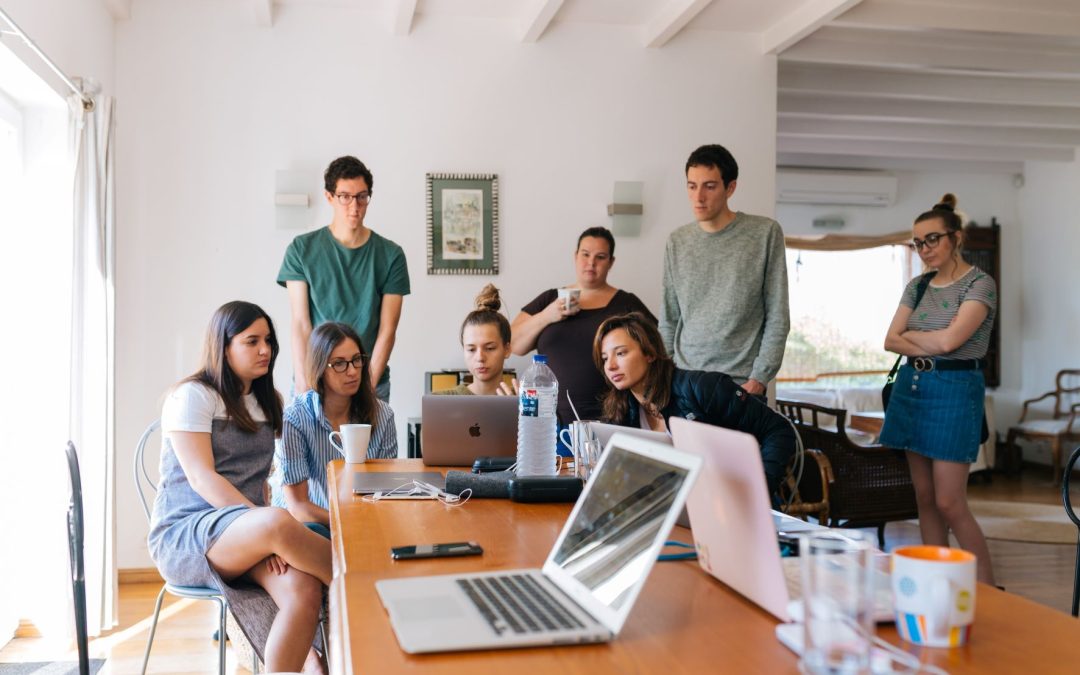Youth, the game changer, is often faced with the generational question: What can they do to change the world?
This is one question young people ask these days. Young adults want to change the world, they are commonly aware of relevant issues that affect them and the world, but they often wonder how to go about them.
Young people are brave, fearless, dynamic, reckless, and self-confident. Young people have the ideas, creativity, and energy to shape a better world. Young people are full of hope; through imagination and innovation, they are problem solvers and have great potential to generate positive social change.
Adolescents continuously search for the transcendence that generates the desire to help the countries, environment, families, and communities. With technology and globalization, the world has even become smaller; with unlimited connection possibilities, there is a distinct chance for young people to unite in solidarity and empathize on genuine friendship.
Currently, 1.8 billion young people between the ages of 10 and 24 are studying, working, and finding their purpose. They are the largest youth population the world has ever seen, and they are growing up at a time when the world is at a critical crossroads.
Below are some ways young people worldwide are working to change the world.
Reduced inequalities
Afro-Colombian communities on the Pacific coast have historically experienced high levels of poverty and inequality. This is reflected in the high unemployment rates, especially among young people and women.
Since 2010, through one United Nations (UN) program, particularly in Colombia, over 2,300 young people have completed leadership, business management, and job training. Youth from the program have set up 57 businesses, while others contribute to local businesses needing skilled workers.
Affordable and clean energy
As countries work to meet greenhouse gas reduction targets as part of the historic Paris Agreement on climate change, many are turning to greener energy solutions.
With their science project on intelligent energy, some junior high school students won third place in a school competition in Astana, Kyrgyzstan. The teenagers’ science project is part of their school’s affordable and clean energy plan.
Clean water and sanitation
About 783 million people worldwide do not have access to safe water. This is approximately 11 percent of the world’s population of earth. Getting clean water for survival and sanitation is even more challenging amid war.
In Syria, where war has forced about 45 percent of the population to flee their homes, young people who worked on projects as volunteers are a lifeline for the 13.5 million people in need of humanitarian assistance who remain inside.
Thinking outside the box
Why do campaigns, videos, or pictures go viral? Usually, a big reason behind this is that not many people will have seen it, making it “shareable.” By seeking a way to make a difference uniquely, you can find ways to reach entirely new audiences.
Giving young people a role
One of the best ways young people can make a distinction is to inspire others to join them. Not only are you teaching other young adults about essential issues, but you’re encouraging them to teach others too. after all, the youth is the game changer in every era. That’s one reason many charities and organizations have resources for young adults who want to get involved as an ambassador for their cause. But you can do the same thing! You may want to launch a campaign to raise awareness of a social issue, for example, but you need help to do everything. If you can make the team join you by giving everyone an ambassador and a change agent role, you’re helping them to put their ideas into reality and make a much wider difference.
Alfred H Kurland, in his book, The Soul of Adolescence Aligns with the Heart of Democracy, narrates the author’s compelling journey of discovering his life’s purpose. The author develops his understanding of adolescent potential and wisdom through direct involvement with youth and communities. Developing a portfolio of meaningful engagement with young leaders and communal movements requires gradually shedding unconscious bias. The author’s journey reminds readers that acknowledged and affirmed teen participation results in young people finding their full potential and communities becoming sustainable.
As young people are the game changer in every society, their eagerness to change lives and their innovative ideas have made these youths one of the most passionate and accomplished groups to demand change. The abundance of resources and support they can garner as the adults give can implement change for the better.


Recent Comments